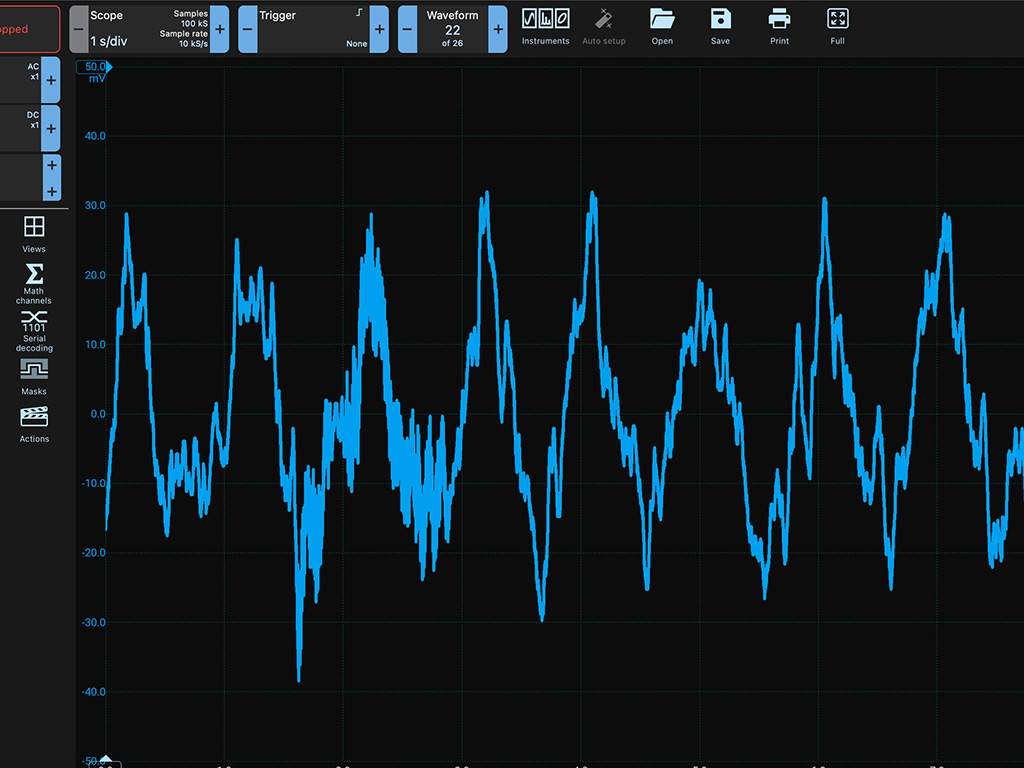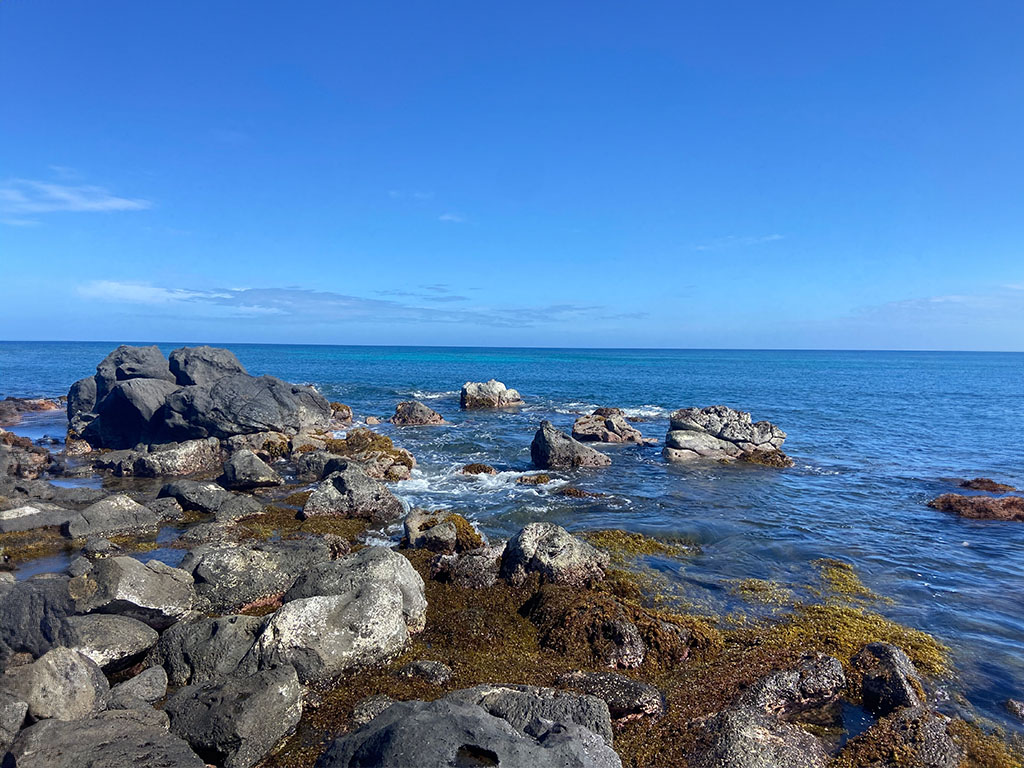Sophi Samus, a graduate marine science student at Hawaiʻi Pacific University, recently received an honorable mention from the prestigious National Science Foundation (NSF) Graduate Research Fellowship Program (GRFP).
Annually, the GFRP receives anywhere between 12,000 and 15,000 applications for approximately 2,000 awards and 1,700 honorable mention recognitions. “It is a prestigious fellowship for a highly competitive program and receiving an honorable mention is a big honor,” said Matthew Iacchei, Ph.D., Associate Professor of Marine Science.
For Samus, the journey to this recognition is as fascinating as her research itself. Originally from Texas, her childhood was filled with trips to national parks across the United States.
“My family was really into traveling. We wanted to hit as many national parks and states as we could,” she recalled.
This early exposure to nature sparked her initial interest in the outdoors. Though it wasn’t until a high school trip to Belize that she discovered her passion for marine science. “Everything about that trip made me realize that this was probably the field for me,” she said.
Despite limited opportunities to explore marine biology in Texas for the remainder of her high school years, Samus eventually found her way to HPU for her undergraduate studies with the help of scholarships that made her dream possible.
Uncovering the ‘Opihi Marine Animal
Samus’s academic journey at HPU began with completing her undergraduate degree in three and a half years. She decided to follow on with her current master’s research under the guidance of Iacchei.
Her interest in the intertidal ecosystems of Hawaiʻi really found footing during a field survey at Sandy’s with Iacchei, where she first encountered the marine animal, ‘opihi. “He was showing me all the cool animals and happened to find an ‘opihi,” Samus explained. “Seeing it react to a predator snail by curling its body around its shell and slithering away was fascinating.”
This encounter ignited her interest and led her to focus her research on this unique marine creature.
Blackfoot 'opihi, Cellana exarata, is a species of limpet or a marine gastropod mollusk that is endemic to Hawaiʻi, meaning they are found nowhere else. Like other snails, they have a soft body mass that is protected by their shell. They are able to withstand pounding waves at high tide by using their muscular foot as a suction cup to keep them from being torn off the rocks.
“In addition to researching ‘opihi on O‘ahu, I’ve also had the opportunity to travel and do surveys on Maui. Those spots were very different from the sites on O‘ahu, special but also challenging,” Samus said.
Diving Deep into ‘Opihi Research

Pictured is an 'opihi heart beat; Samus's work involves measuring the heart rates and gene expression of 'opihi to better understand their response to thermal stress.
The research project Samus is currently working on investigates the thermal stress tolerance of ‘opihi in the main Hawaiian Islands, where they face significant environmental pressures.
“In 2020, a paper documented differences in ‘opihi morphologies across the state. In the northwest Hawaiian Islands, ‘opihi are better adapted to thermal stress, while in the main Hawaiian Islands, they’re more focused on avoiding predation,” she explained.
Her work involves measuring the heart rates and gene expression of ‘opihi to understand their response to thermal stress. The goal is to contribute to the preservation of this species, which is both ecologically important and culturally significant in Hawaiʻi.
Looking ahead, Samus plans to continue her research and pursue a Ph.D. “I’m very lucky to have a project that I am really interested in. This is the exact topic that I would love to research for the rest of my career,” she said.
Her ambition is to become a principal investigator and run her own research lab focused on evolutionary ecology and the impact of climate change on marine invertebrates. For now, however, Samus is thrilled to have been honored by the NSF for the research she has already been able to contribute to the field of study.
“This is really a significant achievement. It feels great to be recognized by such a prestigious group. As a student, we’re always looking for validation, and it’s even more rewarding when it comes from an organization that sits so high up in the scientific community,” she said.





